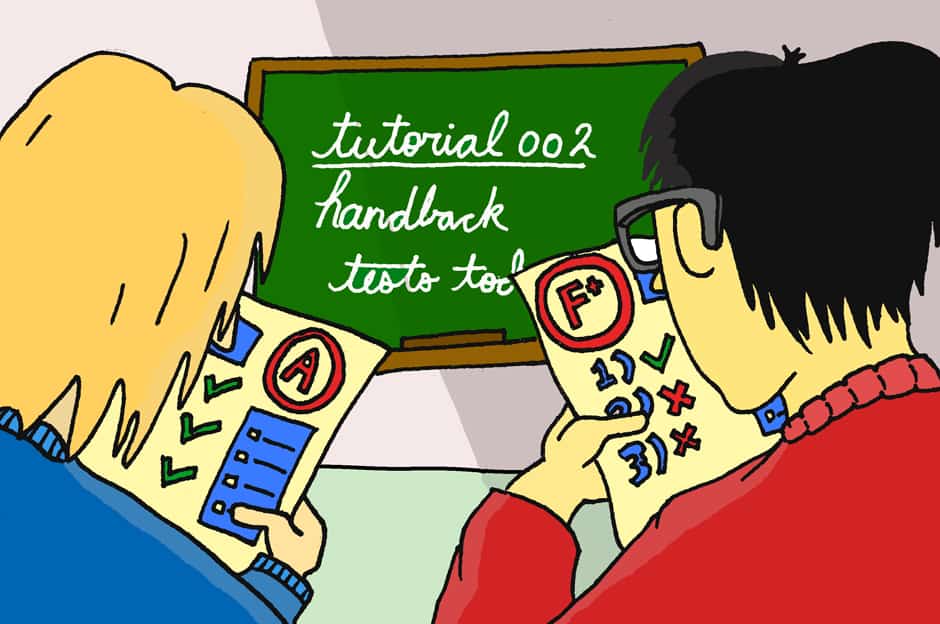Tutorials are the bane of every undergraduate student’s existence; just when you think you’ve nailed down your class schedule and allotted enough free time for study and extracurricular activities, professors sneak in supplementary tutorials with the aim of providing a more individualized approach to lecture material. There are not always participation marks for these mandatory tutorials, but the emphasis professors place on the importance of attending these sessions is so pressing that you not only feel guilty skipping them, but also get the impression that your overall grade in the course will suffer if you are not privy to such vital, supplementary information.
Such is my experience, anyways, when it comes to these pesky one-hour, bi-weekly tutorials for a prerequisite sociology course. Many humanities courses don’t offer the opportunity for students to choose a tutorial section on ROSI at the time of course enrolment, and instead offer a more informal signup on Blackboard the second or third week of class. Having been subjected to these tutorials before, I didn’t have high hopes that they would provide me with any additional knowledge. I wasn’t surprised when my tutorial consisted of the TA reading off a set of PowerPoint slides for nearly an hour while half-heartedly attempting to generate a general discussion of the exam material.
Being unable to attend the next week’s session, and not having the guts to pass up a tutorial, however unhelpful, a week before the midterm, I decided to attend a different session, on a different day, with a new TA. The difference between this new tutorial and the one I had originally signed up for was the heightened involvement of the TA. Rather than idly waiting for 10-past the hour to begin, she chatted with us about the course and what she thought was the best way to approach the midterm. She had also compiled a study package to supplement her slide show, in which she had no problem engaging us in a genuinely helpful discussion about the test.
After the initial shock and surprise of having my high hopes for these usually dismal tutorials met, the inequity of the structure of these tutorial sessions wasn’t far from my mind. The fundamental issue when choosing a tutorial is that you’re rolling a die; you could luck out and get a competent and dedicated TA, or you could come up short and be stuck in a classroom for an hour not learning a damn thing. I think I speak for all students when I say we don’t want to gamble with our education; we like to think that at one of Canada’s best universities, we are offered the same opportunities as our classmates, something these types of tutorials don’t facilitate.
Ultimately, it’s the job of students as well as TAs to come to class prepared, having read the material and ready to ask questions and engage with the rest of the class. However, it’s the job of professors and TAs alike to confer with one another to ensure that they are providing not necessarily similar, but equitable study information and techniques to ensure that all students are provided with the same opportunities to increase their knowledge and, henceforth, their grades.
Emma Kikulis is a third-year student at U of T studying English and sociology.


